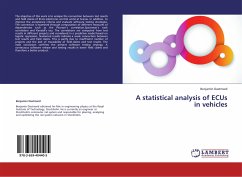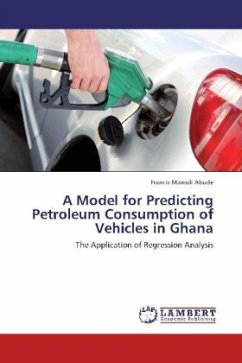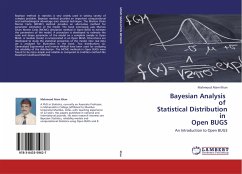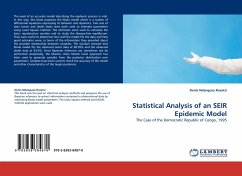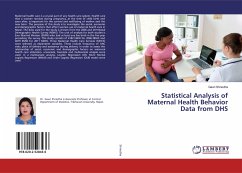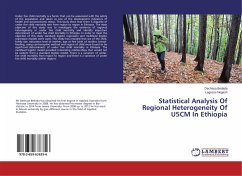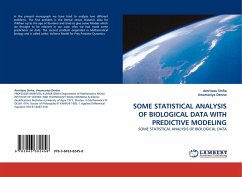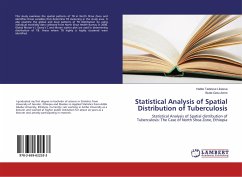The objective of this work is to analyse the connection between test results and field claims of ECUs (electronic control units) at Scania. In addition, to improve the acceptance criteria and evaluate software testing strategies. The connection is examined through computation of different measures of dependencies such as the Pearson's correlation,Spearman's rank correlation and Kendall's tau. The correlations are computed from test results in different projects and considered in a predictive model based on logistic regression. Numerical results indicate a weak connection between test results and field claims. This is partly due to insufficient number of projects and the lack of traceability of field claims and test results. The main conclusion confirms the present software testing strategy. A continuous software release and testing results in lower field claims and therefore a better product.
Bitte wählen Sie Ihr Anliegen aus.
Rechnungen
Retourenschein anfordern
Bestellstatus
Storno

